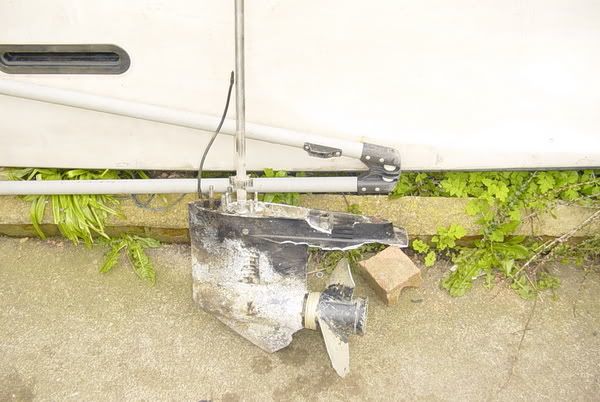Re: Suzuki 4-Stroke Corrosion Disaster
In salt water your engine should "never" be partially submerged as your was. This was the dealers responsibilty to tell you, and if you insisted you wanted it that way he should have had you sign a waiver stating they informed you Not to do it and you assumed the risk.<br /><br />The more you go on about this being a defect with Suzuki the more I wonder why you have not told us the make and model of your boat and the transome rating. Personally I think you got sold the wrong set up. I did a survey in my harbor (ocenside, ca) yesterday and I find that some outboard do touch and that many of these owners put a boot or fresh water sock over the lower unit.<br /><br />I tried to get the owner's manual for your engine but Susuki does not keep it on line. Look at it closely, your engine have a very poor tilt angle (I think).<br />I went on-line and looked for some guidence for you: at the Stingray boat site they have the following statement regarding the boats they sell:<br /><br />"How can I protect my engine against corrosion?<br />The leading cause of corrosion damage is galvanic corrosion, the electrochemical interaction between different metals. It is most hazardous where lower units, both outboard and stern drive, are immersed in salt water, brackish water, and many inland waters with high conductivity caused by pollution.<br /><br />The corrosion reaction occurs when electrons flow between dissimilar metals connected or grounded through water. In the process, one of the two metals is eaten away. This damaging corrosion can be eliminated by providing a sacrificial metal-zinc or aluminum, which will preferentially corrode to protect the lower unit, or by installing a Quicksilver MerCathode® system to your boat.<br /><br />Sacrificial anodes are available in several forms. MerCruiser stern drives and most Mercury, Mariner, and Force outboards utilize a trim tab on the antiventilation plate. Stern drives have additional anodes mounted at the outer transom plate. A transom-mounted anode kit is available to provide additional protection, if deemed necessary. The anodes' main purpose is for corrosion protection. By their very nature, they deteriorate rapidly and must, therefore, be constantly inspected and regularly replaced.<br /> THE ENGINE SHOULD NOT BE PARTIALLY TILTED OUT OF THE WATER (my enphisis added) The engine should not be partially tilted out of the water. If the anode is out of the water, protection for the parts still in the water is lost. Anodes are never to be painted, nor should the area under the anode be painted, as the ground must be maintained. Newer outboards and stern drives will be discontinuing using the trim tab as a sacrificial anode. Anodic protection will be found in other locations.<br /><br />garyn




















